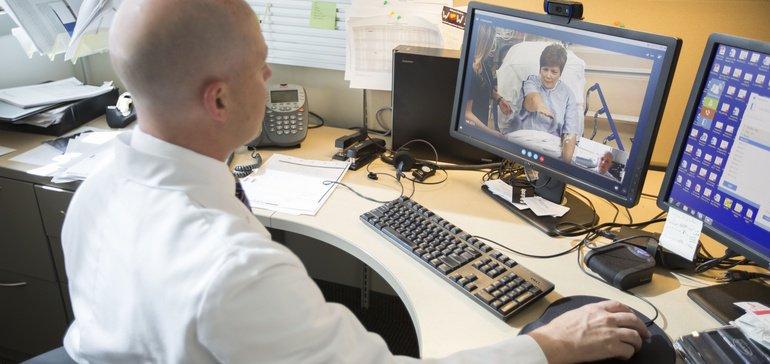
Share On Social!
Mental Health is a growing public health concern in the United States. According to the Substance Abuse and Mental Health Administration, during any given year, nearly 25% of the population has a diagnosable disorder, two-thirds of which goes untreated.
According to a new study, an estimated 8.3 million adults in the U.S. (close to 3.5%) suffer from serious psychological distress. What’s worse, many are unable to get the help they need to either treat there conditions or even get a diagnosis.
Latinos reported the highest stress across four major sources of stress including money, employment, family responsibilities and health concerns, a recent survey reported.
In order to reduce health disparities, it is critical to address inequities in programs, practices, and policies. Join our site, connect with others, and get involved.
In recent years, telemedicine has been looked at as a way to help alleviate some of the cost and rising need for healthcare services. According to a story from The Wall Street Journal, doctors are “linking up” with their patients by phone, email and webcam more frequently thanks to faster Internet connections.
Patients are now able to use devices to relay their blood pressure, heart rate, and other vital signs to their doctors allowing them to manage their chronic conditions from home.
In April 2017, the American Telemedicine Association issued new guidelines that allow for treatment of mental and behavioral health services to children and adolescents using videoconferencing. The American Medical Association has also adopted guidelines to inform how doctors interact with patients in a virtual setting.
Despite the new guidelines, far too few of those needing mental or behavioral health assistance take advantage of telemental health. Less than 15% of all rural beneficiaries received treatment via telemedicine.
More Latinos are utilizing the Internet than ever before; however, as with “traditional” healthcare, obstacles are in place that keep many Latinos from accessing telehealth options. Language barriers and social stigmas continue to be the chief “culprits” that prevent them from obtaining mental health help.
Read more about this story here.
Read stories similar to this one:
- .@BCBSAssociation & @lyft team up to reduce no-show doctor appointments. #SaludAmerica #HealthEquity https://goo.gl/82Tu2C
- Latino kids enroll in ECE programs at lower rates than their peers. #SaludAmerica #Education https://goo.gl/xHuQki
By The Numbers
142
Percent
Expected rise in Latino cancer cases in coming years



